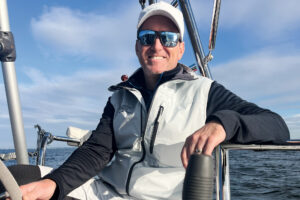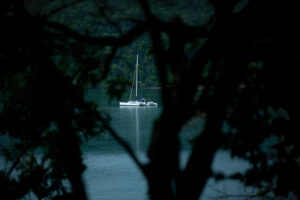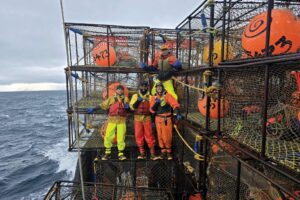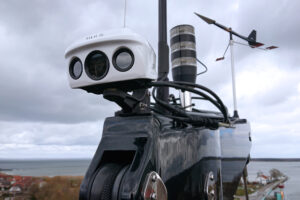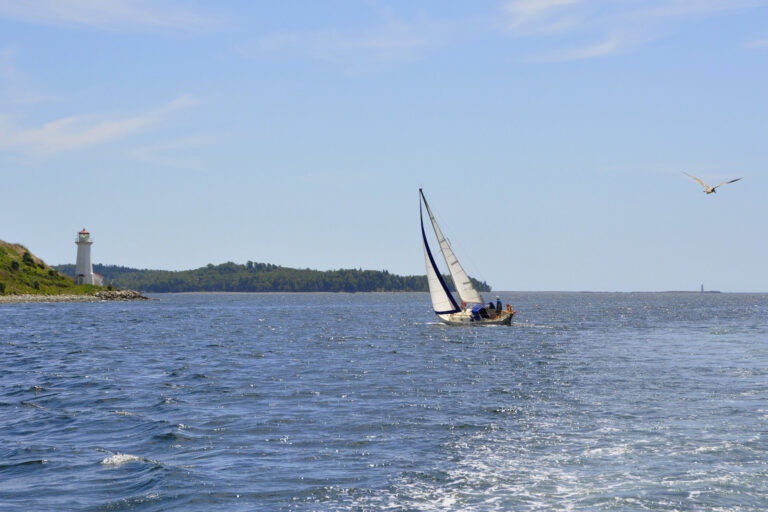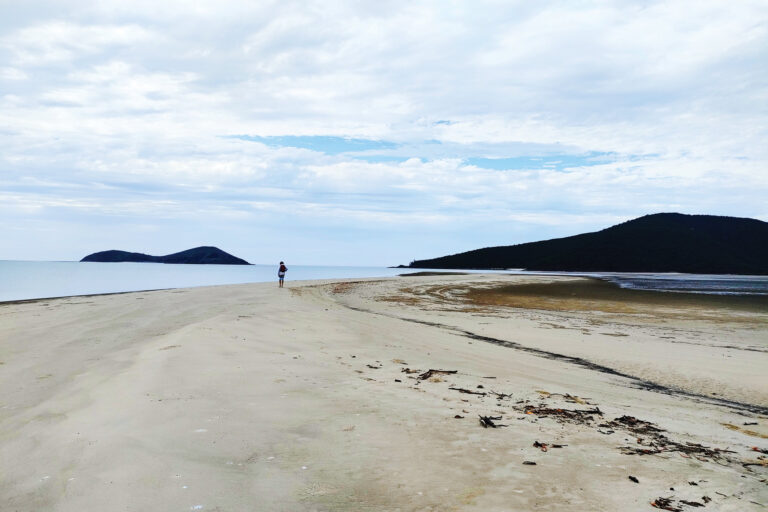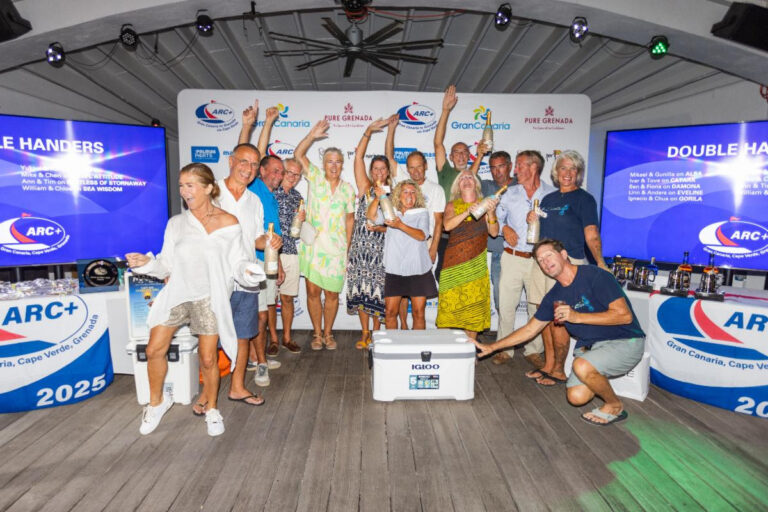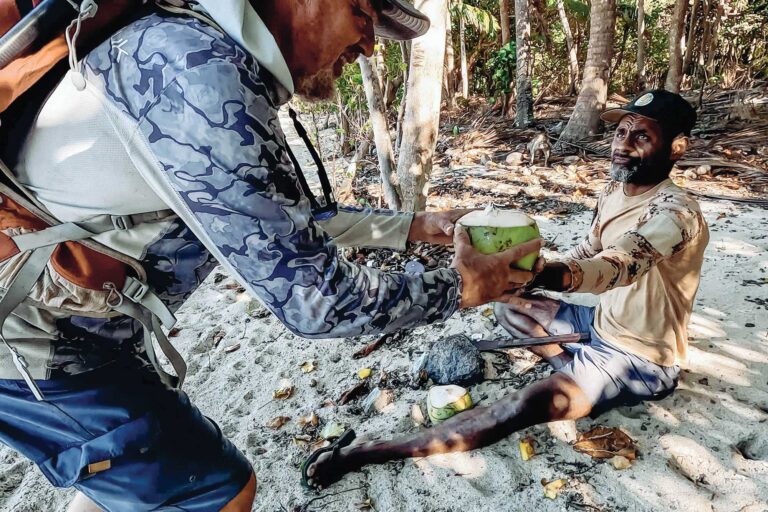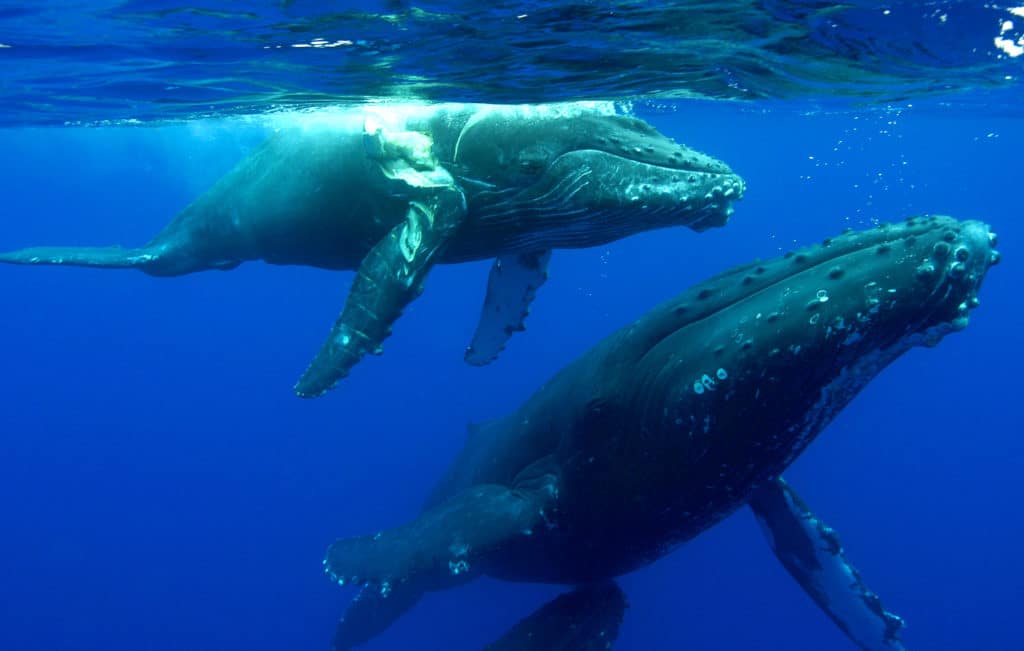
In May 2012, CAMPER helmsman Roberto ‘Chuny’ Bermudez found himself nearly face to face with a whale in the middle of the North Atlantic Ocean. In a pretty extraordinary video from a rainy day on the Miami to Lisbon leg of the 2011-2012 Volvo Ocean Race, you see Bermudez swing the boat, which had been hurtling through the ocean at over 20 knots, into the wind and just narrowly avoid what would have been a catastrophic collision with a marine mammal.
“It would have been a bad day for both the whale and for us,” said Media Crew Member Hamish Hooper afterwards. “With reflexes like a cat [Bermudez] narrowly missed what would have been the equivalent of a runaway freight train colliding with a truck.”
Another video dated May 2016 from the Canadian Ocean Racing team highlights what happens when a sailing vessel collides at night. “We were doing 15-20 knots and there was this loud smack,” says a crew member into the camera. “Everyone came on deck because we weren’t sure what happened, and then afterwards we saw the whale surface.” For Canadian Ocean Racing and their IMOCA Open 60 O Canada, the incident left them without a starboard rudder. For the whale, its fate remains unknown, but it’s assumed by some scientists that a collision with a large enough vessel going over 10 knots can easily be considered a lethal encounter.
Incidents like these illustrate a growing problem within the sailing community that needs to be addressed by sailors, regatta organizers, and anyone directly responsible for determining where boats will be sailing. With sailboats becoming more numerous and faster, the potential for more ship strikes is expected to increase unless we change something.
“Overall, we think that the planning needs to be more proactive,” says Fabian Ritter, Ship Strike Data Coordinator with the International Whaling Commission (IWC), the global intergovernmental body charged with conservation of whales and the management of whaling. “The most precautionary actions to reduce ship strike risks will be at the planning stage rather than at the stage where the timing and route has already been decided.”
In 2012, Ritter published a study finding that, over the last 60 years, 81 reported collisions and 42 near misses of whales and sailing vessels were reported, and a greater proportion of these were from more recent years.
Damian Foxall, veteran ocean racer and Recreation Education Manager at the Canadian Wildlife Federation, is confident that this number is only the tip of the iceberg.
“There’s a problem right now in that the vast majority of sailors do not even know that there is a duty to report these incidents,” says Foxall, who has spent the better part of a few years working to raise attention on this issue. “At the Canadian Wildlife Federation, one of our roles as a national conservation organization is to ensure that everyone going afloat is aware of best practices to apply while in the vicinity of marine mammals. In the case of a collision, mariners have an obligation to report this type of incident to the Coast Guard as a safety notice to other mariners as well as to the Ship Strike Database hosted by the International Whaling Commission.”
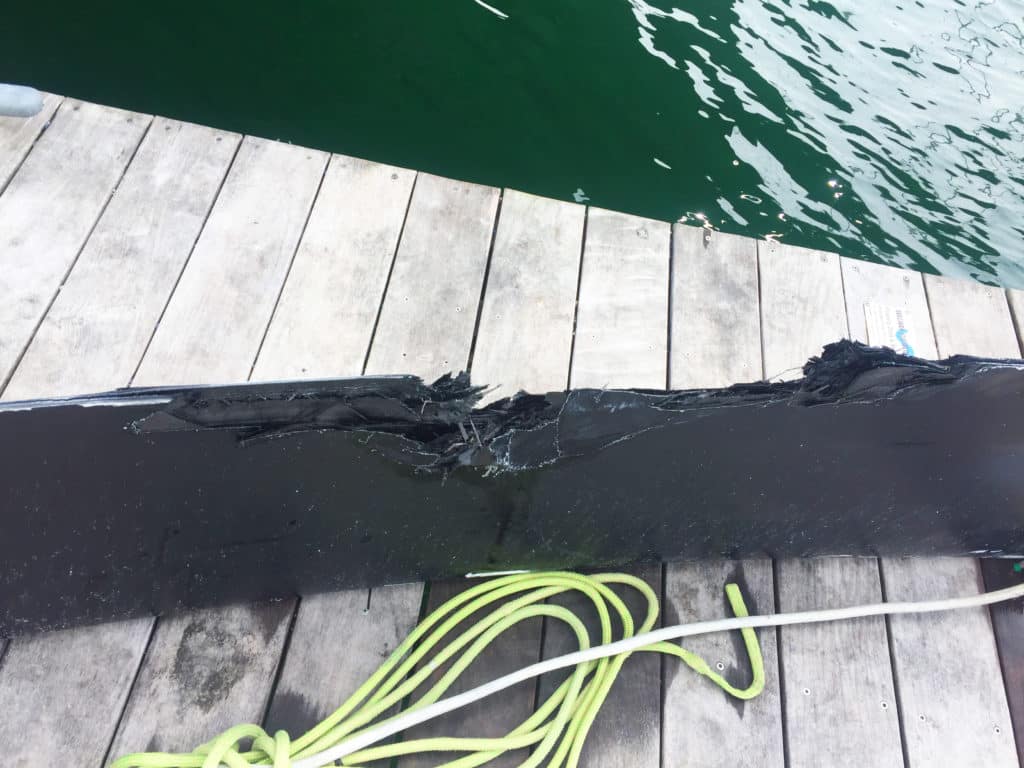
One race Foxall brings up as a perfect example is the 2016 IMOCA Ocean Masters Transat from New York, NY to Les Sables d’Olonne, France. Fourteen singlehanded IMOCA 60 monohulls departed New York, bound for Les Sables-d’Olonne on May 29th. After leaving New York, all sailors took care to avoid a Right Whale Exclusion Zone and a Traffic Separation Scheme (TSS) off of Nantucket designed to create distance between ships and a sensitive habitat area.
However less than 24 hours into the race sailors began reporting collisions with unidentified floating objects. First to report was the French skipper Yann Elies, who reported damage to his boat’s daggerboard. Then Armel Le Cléac’h hit an unidentified object and turned around. In the end, eight boats would report over 15 collisions with floating objects. Six boats turned around and returned to port, and one boat dropped out of the race entirely.
A statement was released after the collisions occurred by the race organizers stating:
“We are very saddened that this could happen when we worked to protect marine life which would possibly cross the course of our race. The sailing community is very concerned about protecting nature, especially within the seas, which is our playing field. In our commitment to trying to resolve this issue we will assist other race organisers to find ways to work together with scientists around World Sailing’s Major Oceanic Events commission to improve safety of all races, both current and in the future.”
For Foxall, who studied this race in depth, this is a troubling story.
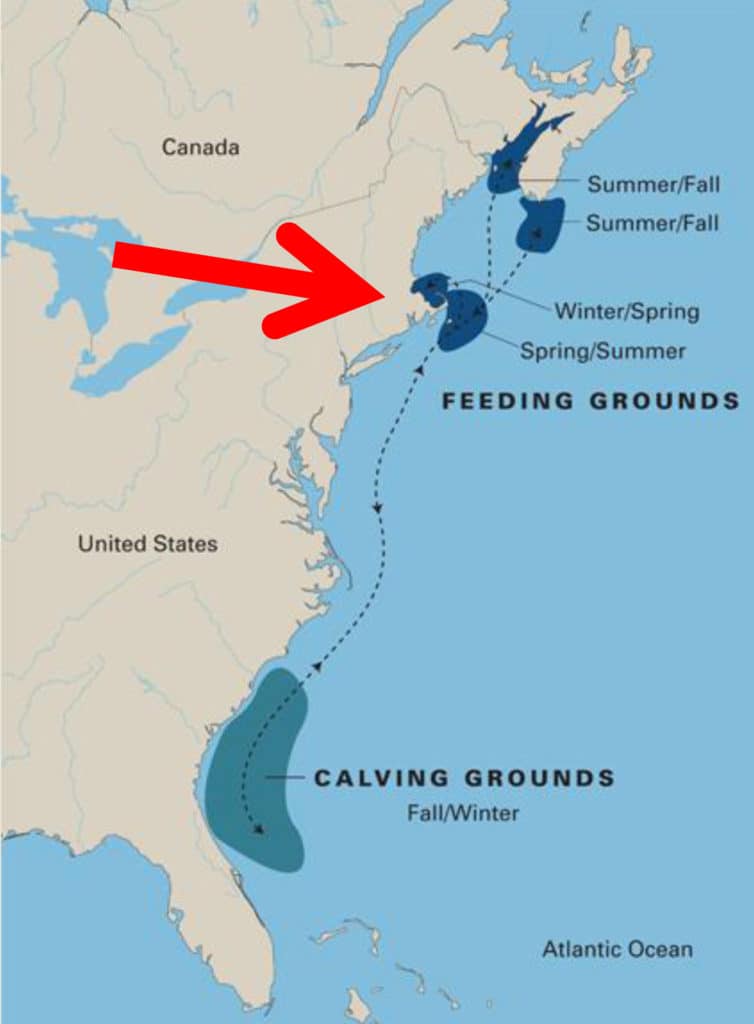
“There were reports from skippers of sunfish and basking sharks in the area, but much of the damage to the trailing edges of appendages and surrounding structure was consistent with marine mammal strikes,” says Foxall. “However since all of the boats were singlehanded and the collisions occurred at night, this makes reporting details much harder for the skippers.”
Both Foxall and Ritter urge race organizers to apply care towards the timing and route planning of offshore events and to inform sailors of where they are most likely to encounter whales, dolphins, and other vulnerable marine life. They also encourage organizers provide general advice on the species most likely to be encountered along an intended route. Whales, for instance, tend to aggregate so if sailors report one whale, there’s a very good probability that there are others in the area.
“Despite due diligence and correct procedure followed by the race committee and skippers in the case of the Transat-Vendee Globe, we are seeing an increase of incidents,” says Foxall. “While many nations are now realizing the real value of their marine resources, the legislation behind creating marine protected areas is often very prolonged. As a community, we must self-regulate and promote good stewardship when it comes to avoiding collisions with marine mammals.”
If an accident between a sailing vessel and a whale takes place, both Foxall and Ritter urge sailors to take the time to report the incident, not only as a notice to mariners in the area, but also to the International Whaling Commission’s global database on ship strikes located at https://iwc.int/ship-strikes.
Take Action
- As a sailor, get to know the waters you’ll be sailing through. As a regatta organizer, take care to avoid sensitive areas and to integrate key marine wildlife information into your event.
- Report any and all collisions with whales to the International Whaling Commission with as many details as possible. These reports are confidential and are used to better understand migratory whale behavior. https://portal.iwc.int/login
- Working with information from the International Whaling Commission, Sailors for the Sea and the Canadian Wildlife Federation added a new best practice to the Clean Regattas program that helps race organizers protect Wildlife and Habitat. To learn more contact robyn@sailorsforthesea.org.

